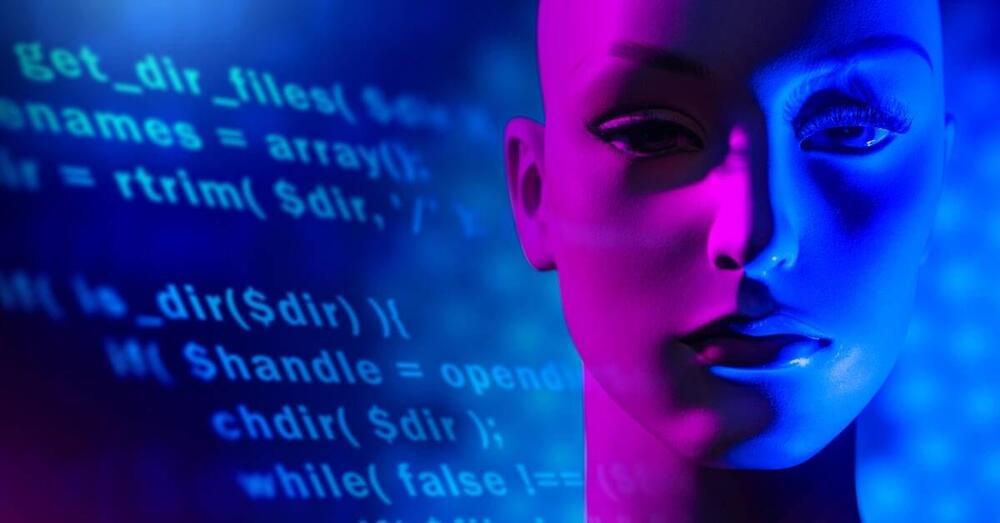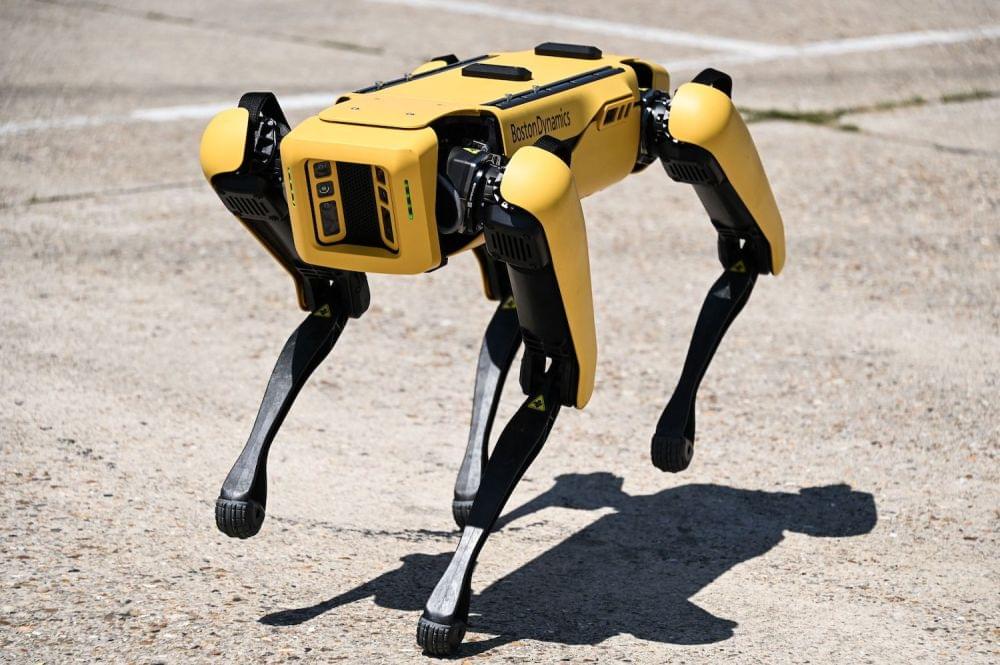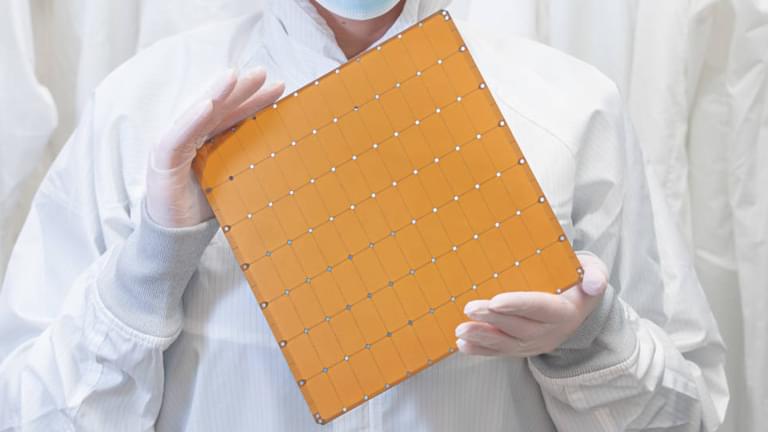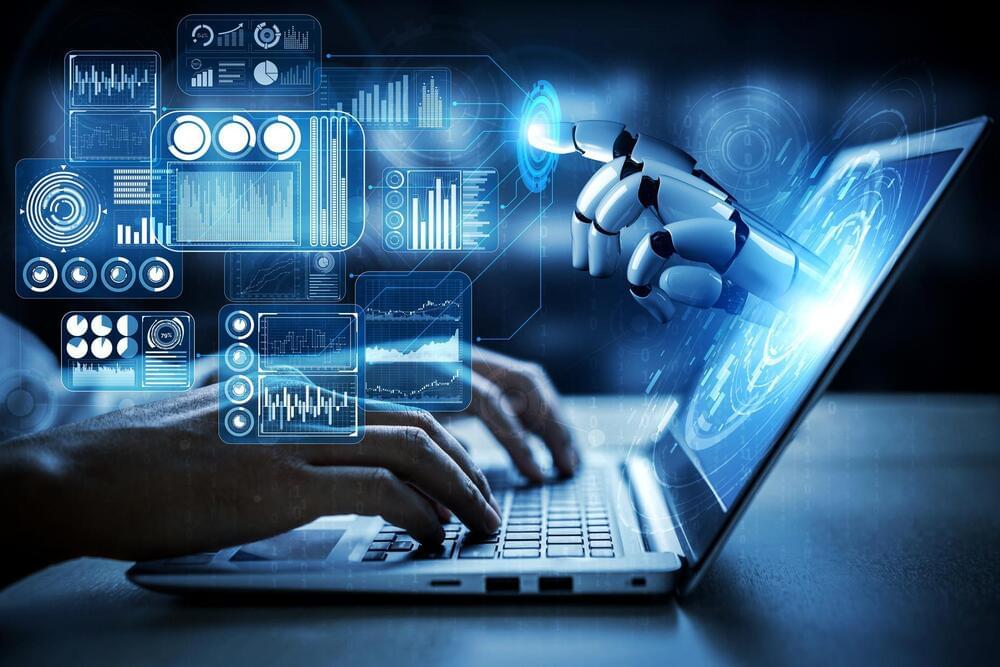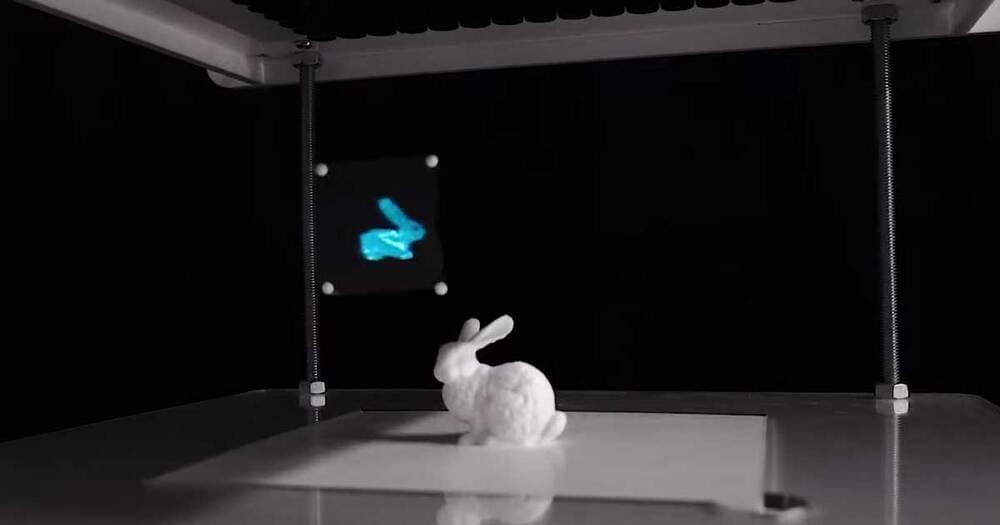Did they get GitHub Copilot to write it?
BenchSci AI software parses text and images from published papers to speed up selecting reagents and antibodies for biomedical research.
Credential abuse is something that happens only to CEOs or very rich people or employees of fortune 500 companies right? Nope. It’s everywhere, and your compromised passwords and usernames are enabling all kinds of cyber criminals to perform all kinds of account takeover (ATO) attacks. 24,649,096,027 account usernames and passwords have been leaked by cyber-threat actors, as of this year. That’s a big number―one that should shake the cyber security community at its core. But despite this number, which increases exponentially each year, and the deluge of reports highlighting the risk of insecure credentials, you still have a friend or an officemate or boss, who’s carefully typing 123,456 into a password field right now.
The Digital Shadow team collated more than 24 billion leaked credentials from the dark web. That’s a 65 percent increase from 2020, likely caused by an enhanced ability to steal credentials through new ransomwares, dedicated malware and social engineering sites, plus improved credential sharing. Within this leaked usernames and passwords, approximately 6.7 billion credentials had a unique username-and-password pairing, indicating that the credential combination was not duplicated across other databases. This number was 1.7 billion more than found in 2020, highlighting the rate of data breach across completely new credential combinations.
The most common password, 123,456, represented 0.46 percent of the total of the 6.7 billion unique passwords. The top 100 most common passwords represented 2.77 percent of this number. Information-stealing malware and ransomware persists as an important threat to your privacy. Some of these malwares can be bought for as little as $50, and some go for thousands, depending on features.
Software development and testing platform Travis CI confirmed the second incident of exposing its users’ data in less than a year. On this occasion, the compromised records include authentication tokens that would allow access to platforms such as AWS, GitHub, and Docker Hub.
According to a report prepared by the firm Aqua Security, tens of thousands of user tokens would have been exposed through the Travis CI API, which contains more than 770 million records with multiple types of credentials belonging to users of free subscriptions.
According to the report, Travis CI did not apply sufficient protections for record numbers, which would allow the execution of an enumeration script to retrieve an undetermined number of code strings: “This is not easy with other providers since they must mention in the URL a client ID, making it difficult to execute enumeration in the records.”
A plan to export solar power from Australia to Singapore is advancing.
Development backed by billionaires aims to export clean power from the Northern Territory via a 2,600-mile high-voltage undersea cable.
Called it when i saw spot w an arm on its back, its for clearing IEDs.
Cerebras Systems has developed a workaround for a major AI bottleneck.
Cerebras Systems, maker of the world’s largest processor, has broken the record for the most complex AI model trained using a single device.
Using one CS-2 system, powered by the company’s wafer-sized chip (WSE-2), Cerebras is now able to train AI models with up to 20 billion parameters thanks to new optimizations at the software level.
The firm says the breakthrough will resolve one of the most frustrating problems for AI engineers: the need to partition large-scale models across thousands of GPUs. The result is an opportunity to drastically cut the time it takes to develop and train new models.
At 190 years old, Jonathan the Seychelles giant tortoise recently made news for being the “oldest living land animal in the world.” Although, anecdotal evidence like this exists that some species of turtles and other ectotherms—or ‘cold-blooded’ animals—live a long time, evidence is spotty and mostly focused on animals living in zoos or a few individuals living in the wild. Now, an international team of 114 scientists, led by Penn State and Northeastern Illinois University, reports the most comprehensive study of aging and longevity to date comprising data collected in the wild from 107 populations of 77 species of reptiles and amphibians worldwide.
Among their many findings, which they report today in the journal Science, the researchers documented for the first time that turtles, crocodilians and salamanders have particularly low aging rates and extended lifespans for their sizes. The team also found that protective phenotypes, such as the hard shells of most turtle species, contribute to slower aging, and in some cases even ‘negligible aging’—or lack of biological aging.
“Anecdotal evidence exists that some reptiles and amphibians age slowly and have long lifespans, but until now no one has actually studied this on a large scale across numerous species in the wild,” said David Miller, senior author and associate professor of wildlife population ecology, Penn State. “If we can understand what allows some animals to age more slowly, we can better understand aging in humans, and we can also inform conservation strategies for reptiles and amphibians, many of which are threatened or endangered.”
When Botnets Attack
Posted in cybercrime/malcode, internet, robotics/AI
By Chuck Brooks
Our Growing Digital Connected World — Made For Botnets
There are dire implications of having devices and networks so digitally interconnected when it comes to bot nets. Especially when you have unpatched vulnerabilities in networks. The past decade has recorded many botnet cyber-attacks. Many who are involved in cybersecurity will recall the massive and high profile Mirai botnet DDoS attack in 2016. Mirai was an IoT botnet made up of hundreds of thousands of compromised IoT devices, It targeted Dyn—a domain name system (DNS) provider for many well-known internet platforms in a distributed denial-of-service (DDoS) attack. That DDoS attack sent millions of bytes of traffic to a single server to cause the system to shut down. The Dyn attacks leveraged Internet of Things devices and some of the attacks were launched by common devices like digital routers, webcams and video recorders infected with malware.
Researchers have come up with a new and improved way to levitate objects using sound waves alone, an impressive feat of mixed-reality technology that could pave the way for some seriously futuristic hologram-like displays.
As seen in a new video, the researchers were able to levitate individual polystyrene beads and water particles inside a special enclosure, making them move in three dimensions by adjusting the output of hundreds of small speakers, set up in a grid.
In one demonstration, they were even able to float a tiny piece of fabric in midair, on which they projected a movie of a leaping rabbit.
